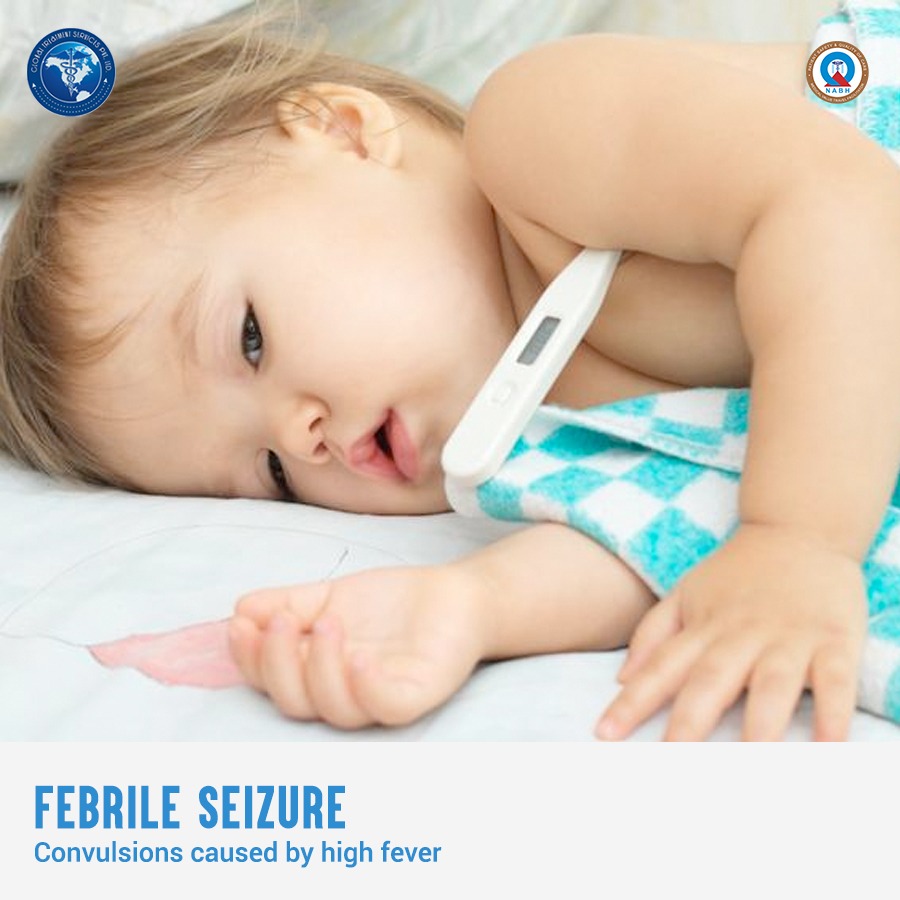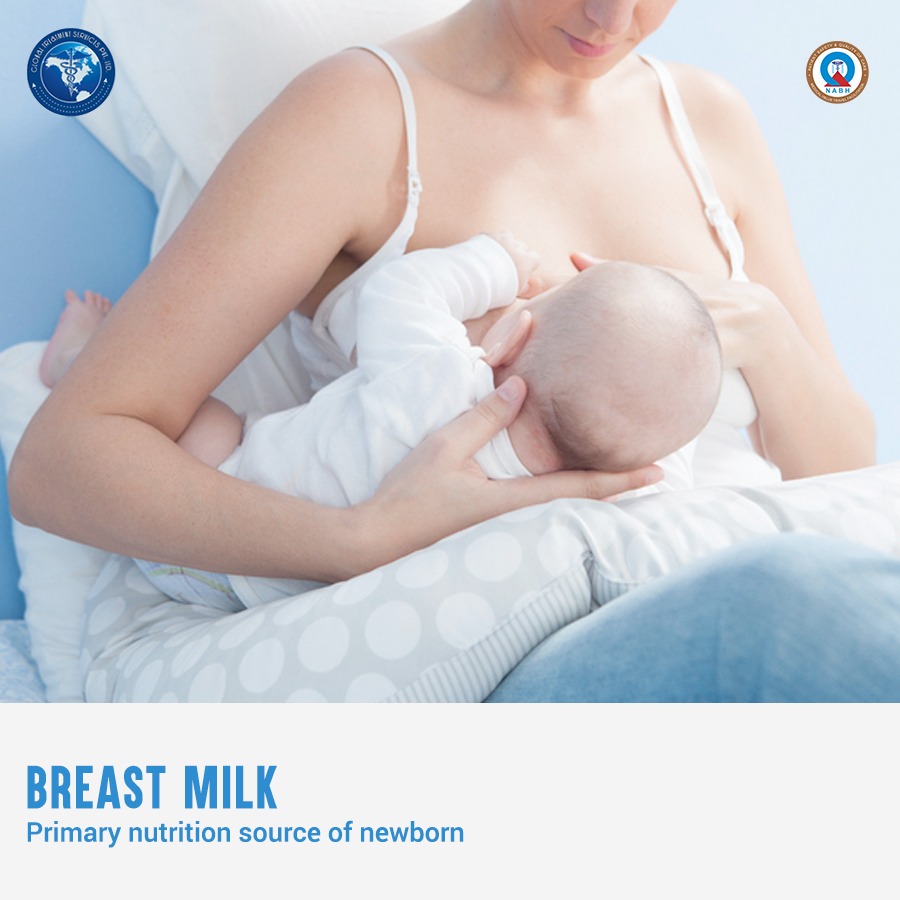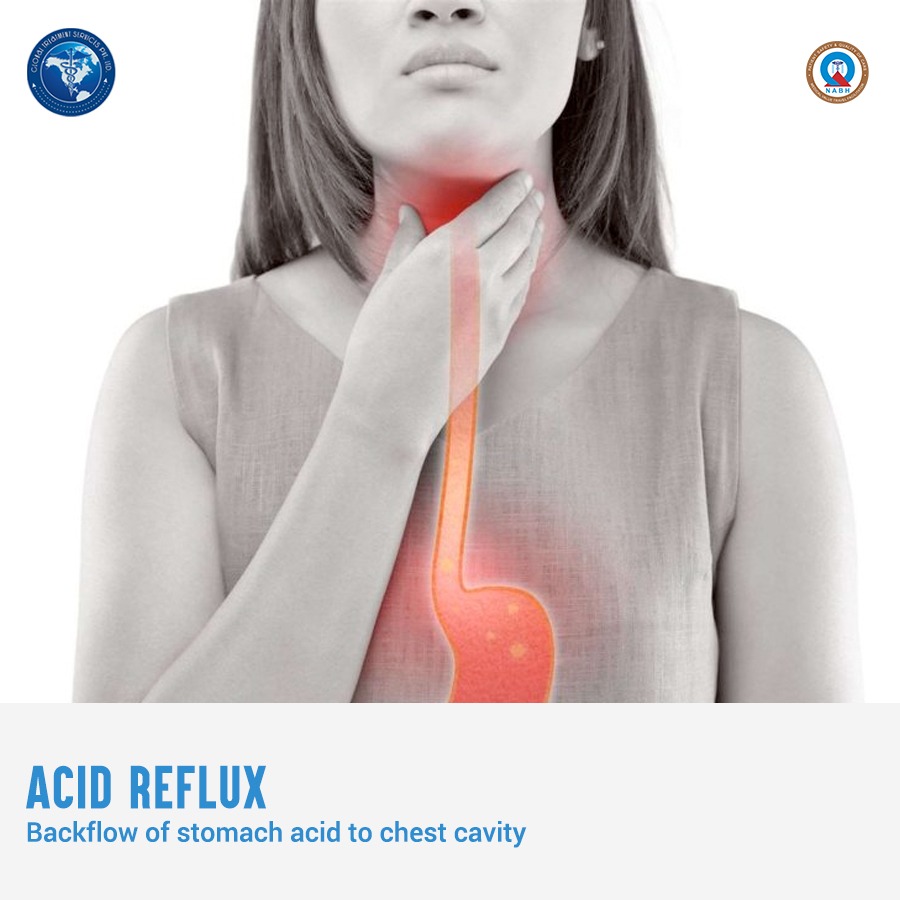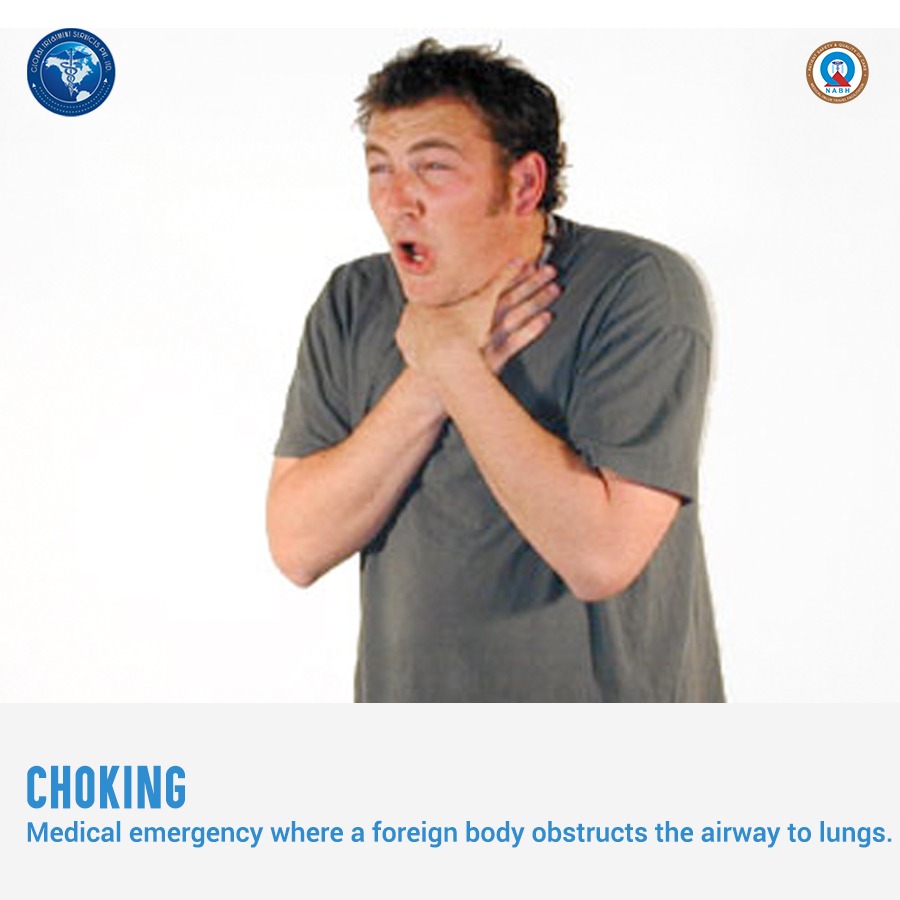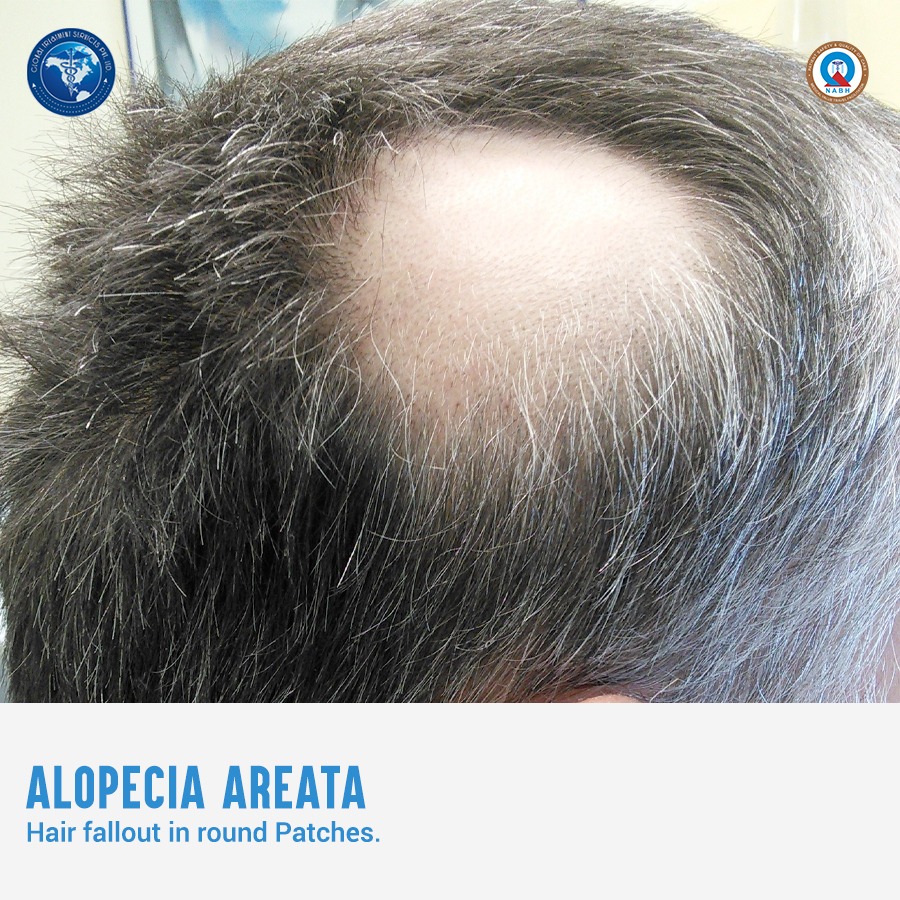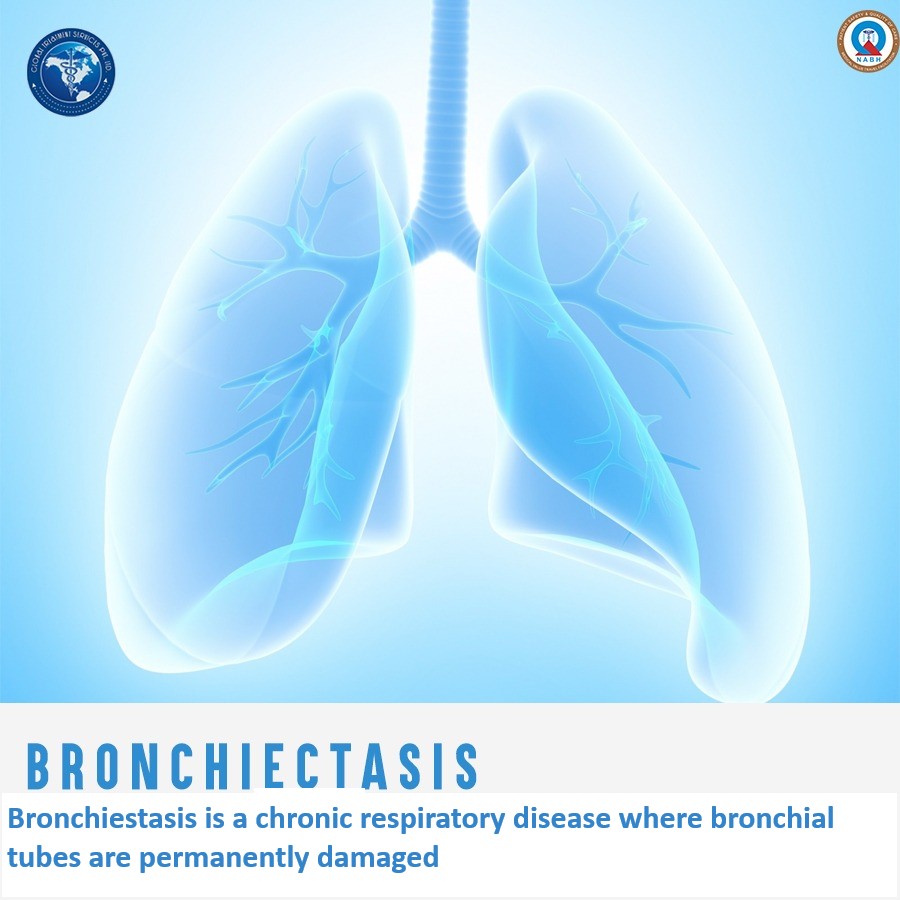Varicose veins are swollen, twisted veins that can be visible just under the surface of the skin. Although it usually occurs in the legs, they also can form in other parts of the body also.Varicose vein is quite a common condition.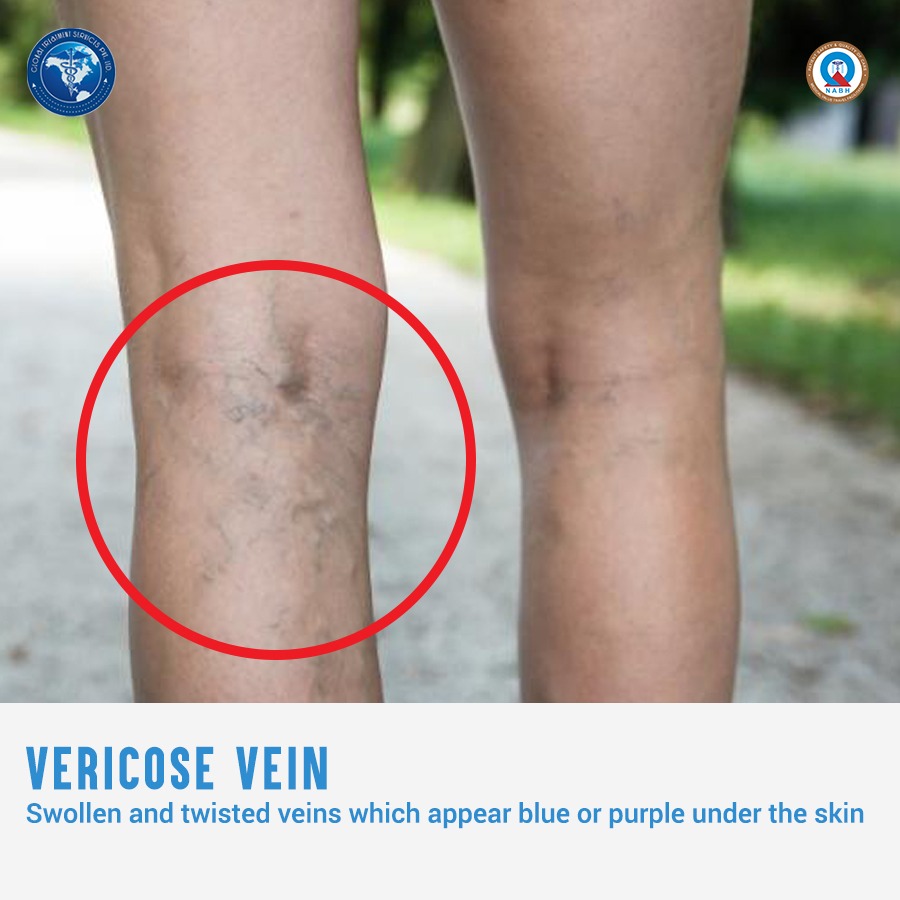
Veins have one-way valves that help keep blood flowing toward your heart. If the valves are weak or damaged, blood can back up and pool in your veins. This causes the veins to swell, which can lead to varicose veins.
Many factors can raise your risk for varicose veins. Examples of these factors include family history, older age, gender, pregnancy, overweight or obesity, lack of movement, and leg trauma.Varicose veins are treated with lifestyle changes and medical procedures. The goals of treatment are to relieve symptoms, prevent complications, and improve appearance.
Causes
Weak or damaged valves in the veins can cause varicose veins. After your arteries and capillaries deliver oxygen-rich blood to your body, your veins return the blood to your heart. The veins in your legs must work against gravity to do this.One-way valves inside the veins open to let blood flow through, and then they shut to keep blood from flowing backward. If the valves are weak or damaged, blood can back up and pool in your veins. This causes the veins to swell.
Weak vein walls may cause weak valves.If these walls become weak, they lose their normal elasticity. They become like an overstretched rubber band. This makes the walls of the veins longer and wider, and it causes the flaps of the valves to separate.When the valve flaps separate, blood can flow backward through the valves. The backflow of blood fills the veins and stretches the walls even more. As a result, the veins get bigger, swell, and often twist as they try to squeeze into their normal space. These are varicose veins.
Many factors can raise your risk for varicose veins. Examples of these factors include family history, older age, gender, pregnancy, overweight or obesity, lack of movement, and leg trauma.
Associated vein problems
Telangiectasias
Telangiectasias are small clusters of blood vessels usually found on the upper body, including the face.These blood vessels appear red. They may form during pregnancy, and often they develop in people who have certain genetic disorders, viral infections, or other conditions, such as liver disease.Telangiectasias can be a sign of a more serious condition.
Spider Veins
Spider veins are a smaller version of varicose veins and a less serious type of telangiectasias. Spider veins involve the capillaries, the smallest blood vessels in the body.Spider veins often appear on the legs and face. They’re red or blue and usually look like a spider web or tree branch. These veins usually aren’t a medical concern.
Varicoceles
Varicoceles are varicose veins in the scrotum and may be linked to male infertility.
Other types of varicose veins include venous lakes, reticular veins, and hemorrhoids. Venous lakes are varicose veins that appear on the face and neck. Reticular veins are flat blue veins often seen behind the knees. Hemorrhoids are varicose veins in and around the anus.
Diagnosis
Duplex Ultrasound
Duplex ultrasound combines traditional with Doppler ultrasound. Traditional ultrasound uses sound waves to create a picture of the structures in your body, in this case the blood vessels and anything that may be blocking the flow of blood. Doppler ultrasound uses sound waves to create pictures of the flow or movement of the blood through the veins. Duplex ultrasound combined with traditional together gives a picture of the blood flow in your arteries and veins.
Angiogram
Although it is not very common, an angiogram givest a more detailed look at the blood flow through your veins.An angiogram helps to confirm whether you have varicose veins or another condition.
Treatment
Varicose veins are treated with lifestyle changes and medical procedures. The goals of treatment are to relieve symptoms, prevent complications, and improve appearance.For more severe symptoms like pain, blood clots, or skin disorders ,one or more medical procedures may be needed.
Medical procedures
Sclerotherapy
Sclerotherapy uses a liquid chemical which is injected into the vein to cause irritation and scarring inside the vein. It causes the vein to close off, and it fades away.This procedure often is used to treat smaller varicose veins and spider veins.
Microsclerotherapy
Microsclerotherapy is used to treat spider veins and other very small varicose veins.A small amount of liquid chemical is injected into a vein which scars the inner lining of the vein, causing it to close off.
Laser Surgery
The laser light makes the vein fade away.Laser surgery mostly is used to treat smaller varicose veins. The main advantage is that no cutting or injection of chemicals is involved.
Endovenous Ablation Therapy
Endovenous ablation therapy uses lasers or radiowaves to create heat to close off a varicose vein.A device at the tip of the catheter inserted to the vein heats up the inside of the vein and closes it off.
Endoscopic Vein Surgery
For endoscopic vein surgery, a small cut is made in your skin near a varicose vein. A tiny camera is used at the end of a thin tube to move through the vein and a surgical device at the end of the camera is used to close the vein.Endoscopic vein surgery usually is used only in severe cases when varicose veins are causing skin ulcers.
Ambulatory Phlebectomy
For ambulatory phlebectomy, doctor will make small cuts in your skin to remove small varicose veins. This procedure usually is done to remove the varicose veins closest to the surface of your skin.
Vein Stripping and Ligation
Vein stripping and ligation typically is done only for severe cases of varicose veins. The procedure involves tying shut and removing the veins through small cuts in your skin.
